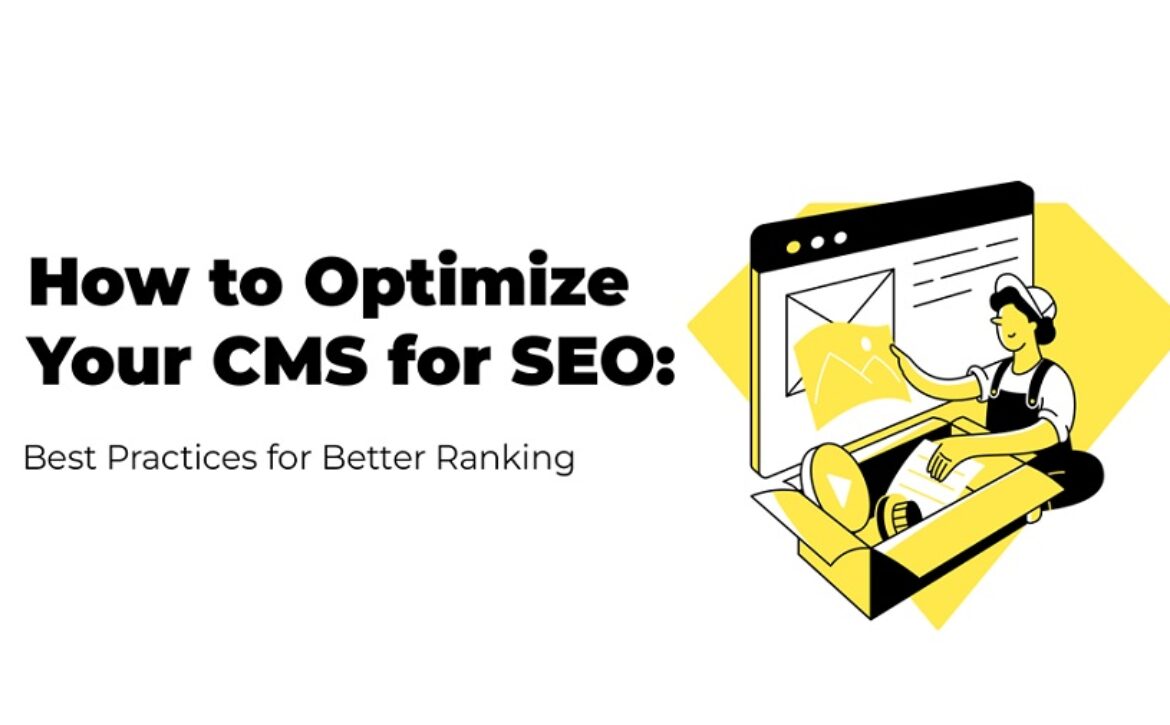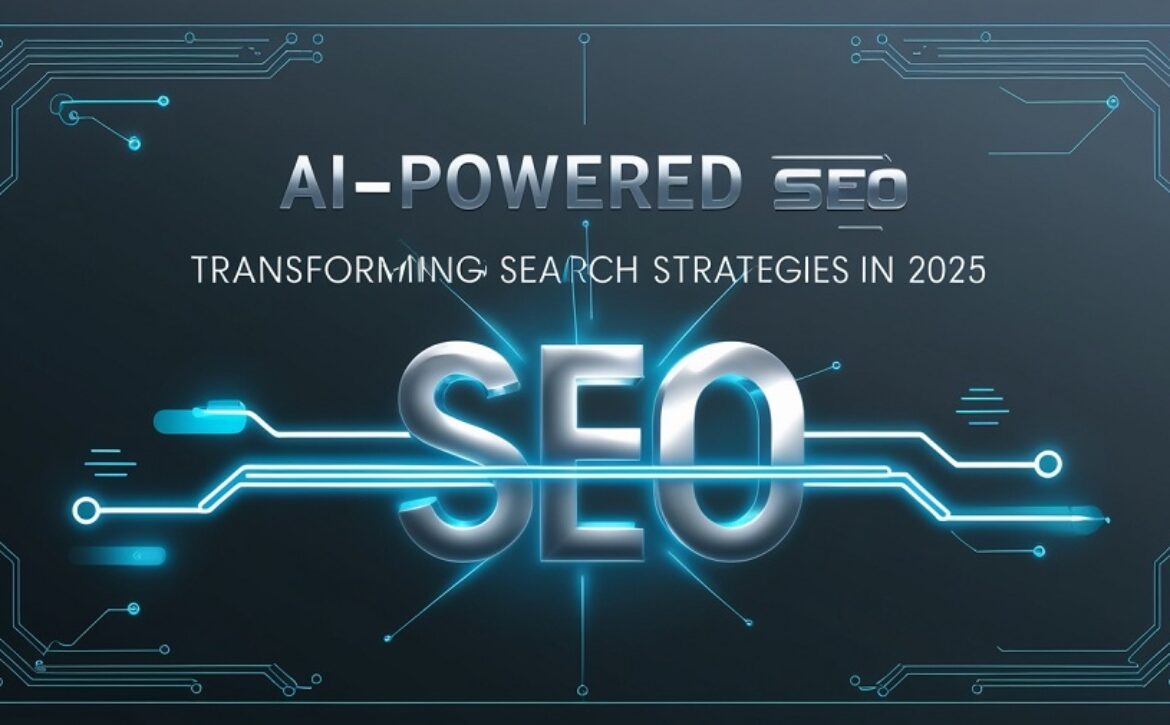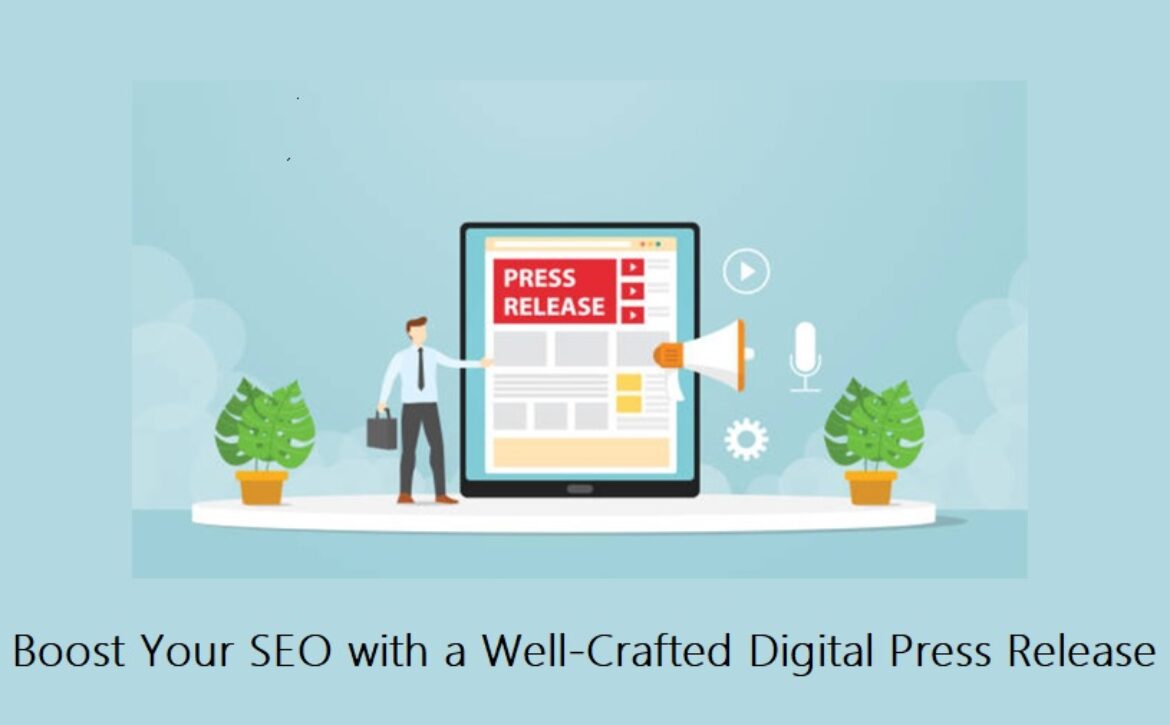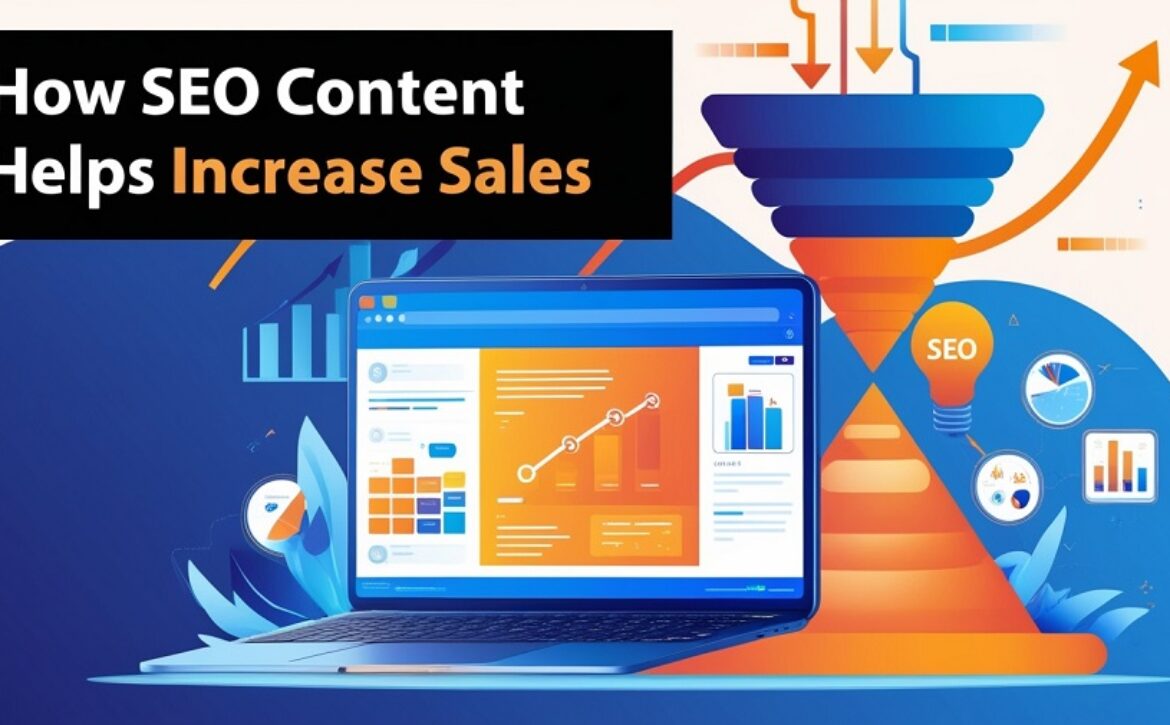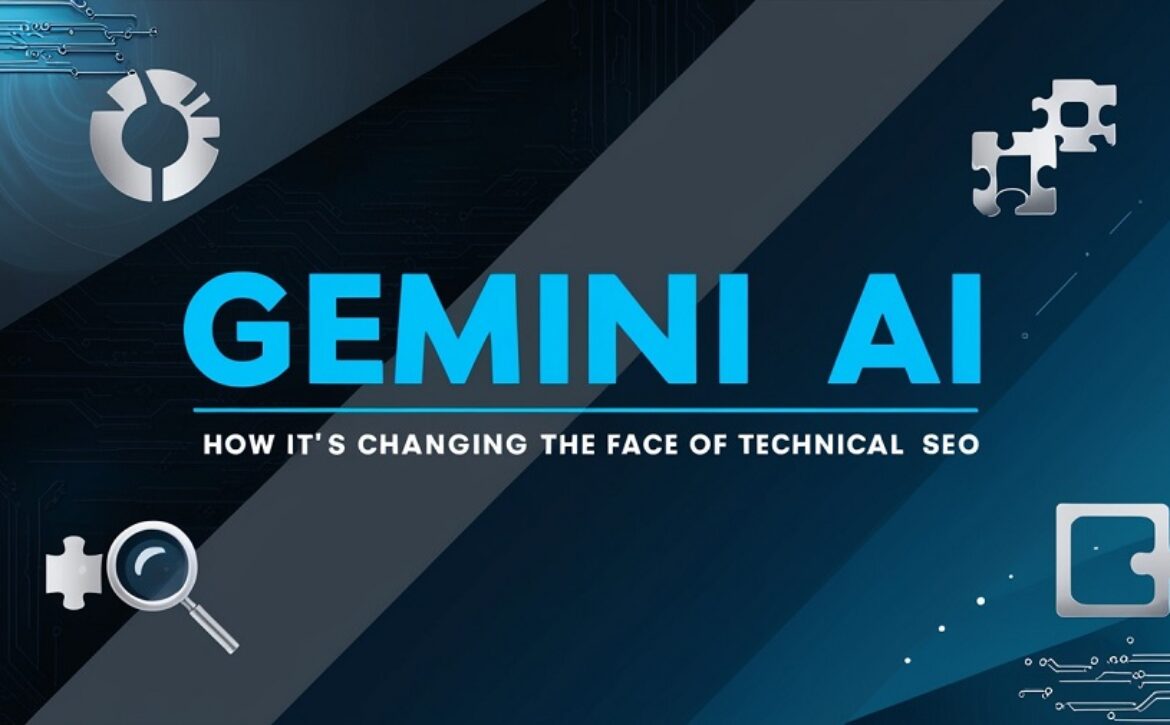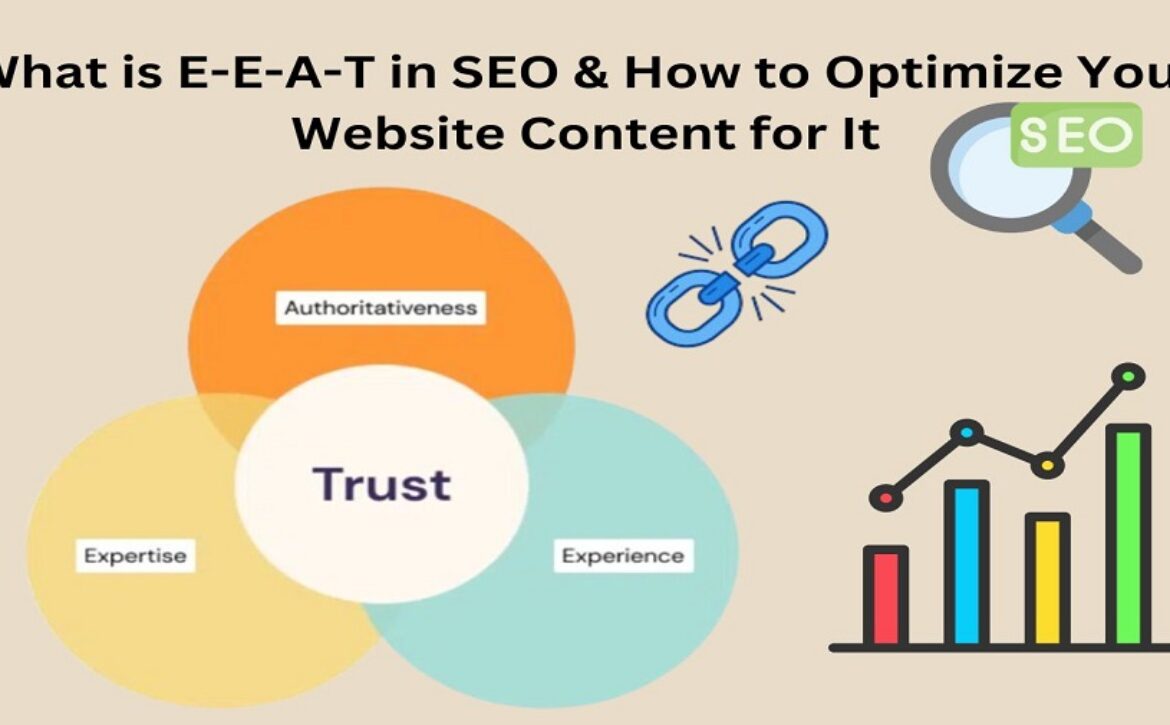How to Optimize Your CMS for SEO: Best Practices for Better Ranking
A content management system (CMS) simplifies the process of producing and monitoring content. A CMS makes content creation and tracking a breeze, but if it’s not SEO-ready, you’re leaving traffic and sales on the table. An SEO-friendly CMS boosts traffic and sales by enhancing site structure, mobile adaptability, and page performance.
In this blog, we will explore 10 key strategies to improve your CMS for SEO in 2025.
Here’s how to turn your CMS into a ranking machine:
Optimizing URL Structure for Better Search Visibility
————————————–
It makes it easier for people and search engines to understand the content of a page, a well-written URL slug is essential for SEO. Clean, descriptive URLs made possible by CMS software increase search visibility and raise rankings.
Guidelines for Optimized URLs
- Keep URLs concise, relevant, and keyword-rich: Avoid unnecessary words while ensuring clarity.
- Use hyphens instead of underscores: Search engines recognize hyphens as word separators.
- Remove extraneous numbers and parameters: Dynamic URLs with excessive characters hinder indexing.
- Maintain a logical site hierarchy: Structure URLs to enhance navigation and site organization.
- Include keywords naturally: Ensure URLs reflect the page content without keyword stuffing.
- Use years for time-sensitive content: Helps rank industry studies, annual reports, and guides.
- Avoid filler words and prepositions: Words like “the,” “and,” and “of” are unnecessary.
Example of SEO-Optimized URLs
Incorrect: yoursite.com/?p=123
Correct: yoursite.com/best-cms-for-seo
Incorrect: yoursite.com/the-top-content-management-systems-for-2024
Correct: yoursite.com/top-cms-2024
You must ensure sites are easily accessed and indexed by search engines because a well-structured URL increases readability, improves SEO content, and raises search ranks.
Implementing a Metadata Strategy
A well-structured metadata strategy increases search visibility, user engagement, and rates of click-through. Metadata modification tools should be included in all CMS management systems so that site owners can enhance key elements such as header tags, meta descriptions, and title tags for better ranking and visibility.
Title Tags
Title tags act as search result headlines, influencing rankings and engagement. Place primary keywords at the beginning for better relevance. Keep them 50-60 characters long to display correctly in search results. Craft unique, compelling, and relevant titles to boost clicks.
For instance: “Best CMS for SEO: How to Optimize Your Content Management System.”
Meta Descriptions
These descriptions summarize page content, helping users and search engines understand its purpose. To improve engagement and CTR:
- Manage it within 150–160 characters for proper display.
- Use SEO keywords naturally to boost visibility.
- Add a compelling CTA to encourage user interaction.
For example: “Understand how to optimize your CMS for SEO with excellent methods in content organization, metadata management, and mobile flexibility.”
Header Tags
Header tags (H1, H2, H3, etc.) improve content structure, readability, and SEO rankings.
- Use H1 for primary titles with clear, keyword-rich text.
- Organize content with H2-H6 to create logical sections.
- Include relevant keywords naturally in subheadings for better search relevance.
For example:
H1: How to Optimize Your CMS for SEO
H2: Implementing a Metadata Strategy
H3: Best Practices for Title Tags, Meta Descriptions, and Headers
Enhancing Site Speed and Performance
————————————–
Google favors websites that load quickly, site speed optimization is crucial for both on-page and off-page SEO. Higher bounce rates, decreased engagement, and eventually a drop in search rankings are all consequences of a slow website. A better user experience and increased exposure in search results are guaranteed when your CMS system is optimized for speed.
Image Optimization
- Compress images with TinyPNG, ImageOptim, or WebP to reduce file size.
- Use lazy loading to delay offscreen images.
- Add alt text for SEO and accessibility.
Caching & Minification
- Reduce the number of database requests by turning on server-side caching.
- Minify HTML, CSS, and JavaScript to remove unnecessary code.
- Use a CDN to distribute assets and reduce load times.
Mobile Optimization for Higher Rankings
————————————–
Your CMS must give mobile compatibility top priority to preserve and raise search ranks due to Google’s mobile-first indexing. A website that works well on all devices increases search engine exposure and user engagement.
Let’s see how one can optimize your CMS for mobile responsiveness:
- Mobile-Responsive Theme: Assists in seamless adaptation to different site sizes.
- Optimize Touch Elements: Make menus, buttons, and links for a smooth user experience.
- Mobile-Friendliness Test: Use Google’s Mobile-Friendly Test to fix loading issues and layout shifts.
- Boost Page Speed: Compress images, enable caching, and minimize CSS/JS/HTML for faster loading.
- Enable AMP (if supported): Speeds up content delivery, improving engagement and visibility.
Leveraging Schema Markup for Rich Snippets
————————————–
Schema markup is a data structure format that assists search engines in understanding and presenting content in search engines. It works on click-through rates (CTR) and SEO optimization techniques by offering rich snippets such as product ratings, reviews, FAQs, and event details.
Below are the steps for optimizing Schema Markup for Rich Snippets:
- Use the suitable Schema: For improved search exposure, use the Article, Product, Review, FAQ, Organization, or Event schema.
- Enhance Navigation: Breadcrumb schema improves user experience and helps search engines understand site structure.
- Test & Validate: Use Google’s Rich Results Test and Search Console to fix schema errors.
- Leverage CMS Support: Use Yoast SEO, RankMath, or built-in CMS tools to automate schema implementation.
Content Organization and Internal Linking
————————————–
Search engines like Google and Bing promote websites that are well-structured and have a neat UI. A well-organized CMS facilitates information discovery, indexing, and ranking. An effective internal linking strategy ensures that consumers and search engines can easily navigate your website and distribute link equity throughout pages.
Below are the ways to optimize Content management and Internal Links:
- Structure content into clear sections that align with user search behavior. A well-organized hierarchy improves navigation, SEO, and engagement.
- Steer clear of general expressions like “click here.” To increase SEO, instead, use content that is rich in keywords and provides a clear description of the linked page.
- Make sure that important sites can be accessed with three clicks or fewer to build user experience and search engine indexing.
- Update and submit your sitemap to search engines regularly to improve crawling, indexing, and site structure.
A well-linked website improves SEO rankings, directs search crawlers, and enhances user experience. Strong internal linking boosts content authority and keeps visitors engaged longer.
Regular SEO Audits
———————————
SEO is a consistent effort. To preserve and raise search rankings, it anticipates constant assessment and improvement. Frequent audits guarantee that your website stays technically problem-free, optimized, and in line with changing search engine algorithms.
Here’s how you can optimize SEO Audits and Performance Monitoring:
- Audit On-Page SEO: Verify the relevance of title tags, meta descriptions, headers, and keywords.
- Fix Broken Links: For a flawless experience, use Google Search Console to identify and fix 404 issues.
- Update Content: Refresh stats, insights, and keywords to keep content relevant and visible.
- Track Performance: Monitor speed, bounce rates, CTRs, and rankings with Google Analytics & Search Console.
Leveraging Your CMS for Performance Tracking
————————————–
Real-time insights can be obtained by integrating SEO and analytics technologies with a CMS that is optimized. Third-party integrations, plugin support, and integrated reporting dashboards allow you to:
- Track developments in organic traffic
- Examine user engagement metrics and behavior.
- Determine any technical SEO problems.
- Automate reports and alerts for performance swings.
You may make data-driven changes that improve user experience, support your SEO strategy, and sustain search engine rankings over time by routinely analyzing your website and utilizing analytics.
Utilizing SEO-Friendly Permalinks and Slugs
————————————–
Within CMS software SEO, a well-structured URL is essential since it facilitates user and search engine comprehension of web pages. In addition to improving readability and indexing, clear, succinct permalinks also help with on-page SEO efforts.
Here’s how you can optimize Permalinks:
- Make URLs short and descriptive: A clean URL improves search engine readability and click-through rates.
- Strip out stop words: Words like “the,” “and,” or “of” add unnecessary length and dilute keyword relevance.
- Work with hyphens instead of underscores: Search engines treat hyphens as word separators, whereas underscores can merge words.
- Include primary keywords: Ensure URLs reflect the content topic naturally, without keyword stuffing.
- Maintain a logical hierarchy: Organize URLs to mirror site structure, making navigation intuitive.
Example of an Optimized Permalink Structure
Incorrect: yoursite.com/post=9876 (Unstructured, lacks context)
Correct: yoursite.com/seo-strategies (Descriptive, keyword-focused, user-friendly)
A well-designed permalink structure improves user experience and search visibility, which helps CMS and SEO performance without requiring intricate technological changes.
Choosing the Right SEO Plugins and Tools
————————————–
Well-optimized CMS relies on the right SEO tools to automate key tasks, improve performance, and boost search visibility.
- Yoast SEO: On-page optimization
- Google Search Console: Tracks rankings & indexing
- Ahrefs/SEMrush: Keyword & backlink analysis
- PageSpeed Insights: Performance optimization
Without these tools, your CMS risks lower rankings and missed opportunities for growth.
Conclusion
An SEO-optimized CMS creates a search-friendly, user-first experience that fuels organic growth. Tight structure, fast loads, and real engagement pull organic traffic that sticks. The ten strategies as discussed above are some of the simplest yet most effective changes you can make to turn your CMS into a powerful engine for long-term visibility. Algorithms shift, and users evolve so audit, tweak, and grind. Regular SEO audits, performance checks, and refinements keep your site competitive. SEO is an investment. You must commit to continuous SEO improvement, and your CMS will remain a strong asset for search success. SEO is a long-game investment. You need to commit to relentless optimization, and your CMS will drive traffic, hooks, and wins.

